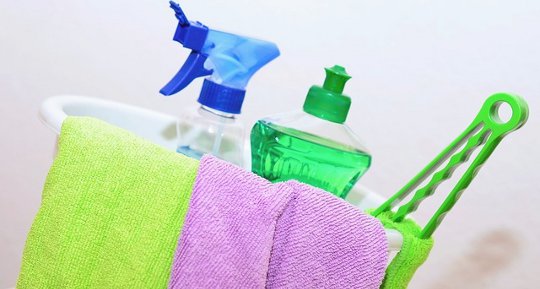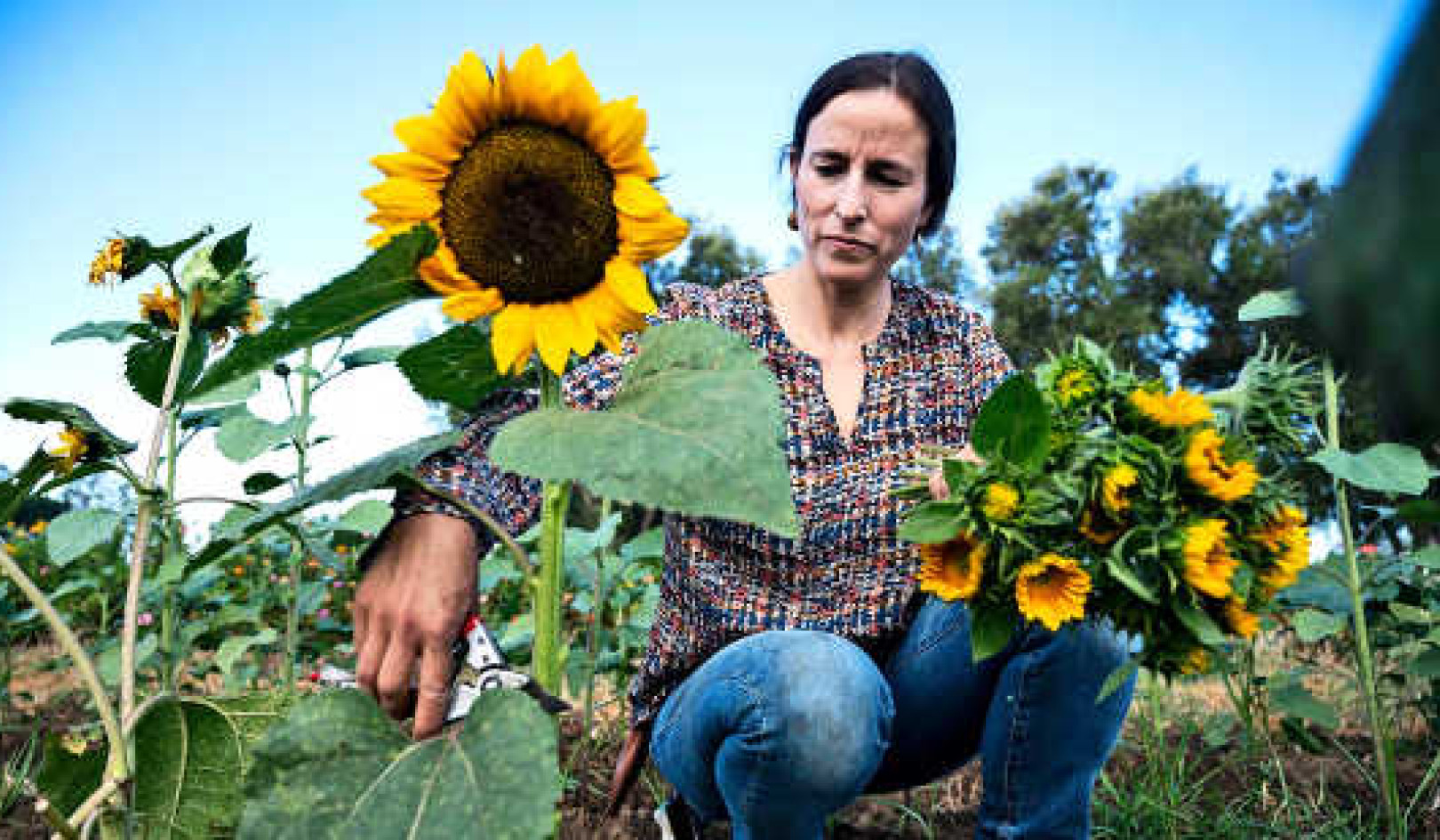
Common products, including the ones labeled “green,” “all-natural,” “non-toxic,” and “organic,” emit a range of compounds that could harm human health and air quality, according to a new study. But most of these ingredients are not disclosed to consumers.
University of Melbourne Professor Anne Steinemann investigated and compared volatile organic compounds (VOCs) emitted from 37 different products, such as air fresheners, cleaning products, laundry supplies, and personal care products, including those with certifications and claims of “green” and “organic.”
She tested both fragranced and fragrance-free products.
The study, published in the journal Air Quality, Atmosphere & Health, found 156 different VOCs emitted from the 37 products, with an average of 15 VOCs per product. Of these 156 VOCs, 42 are classified as toxic or hazardous under US federal laws, and each product emitted at least one of these chemicals.
The findings reveal that emissions of these air pollutants from “green” fragranced products were not significantly different from regular fragranced products.
In total, over 550 volatile ingredients were emitted from these products, but fewer than three percent were disclosed on any product label or material safety data sheet (MSDS).
“The paradox is that most of our exposure to air pollutants occurs indoors and a primary source is consumer products. But the public lacks full and accurate information on the ingredients in these products. Our indoor air environments are essentially unregulated and unmonitored,” says Steinemann, a professor of civil engineering.
The most common chemicals in fragranced products were terpenes, which were not in fragrance-free versions. Terpenes readily react with ozone in the air to generate a range of additional pollutants, such as formaldehyde and ultrafine particles.
At this time, consumer products sold in Australia, the US, and around the world are not required to list all ingredients, or any ingredients in a chemical mixture called “fragrance.”
“Given the lack of information, consumers may choose products with claims such as green, natural, or organic, but those claims are largely untested,” says Steinemann.
Additional Information:
• Products selected are commonly used in Australia, the US, and other countries in a range of environments (e.g., homes, schools, hospitals, workplaces, hotels, restaurants, stores, residential buildings, parks, child care and aged care facilities, gyms, homeless shelters, government buildings, airports, planes and public transport).
• Gas chromatography/mass spectrometry (GC/MS) headspace analysis was used to identify VOCs emitted from 37 products, representing air fresheners and deodorizers (sprays, gels, solids, oils, and disks), laundry products (detergents, dryer sheets, and fabric softeners), cleaning supplies (all-purpose cleaners, window and surface cleaners, disinfectants, and dishwashing liquids), and personal care products (soaps, hand sanitisers, sunscreens, lotions, baby lotions, deodorants, shampoos, and baby shampoo).
• Ingredients in consumer products and in fragrance formulations, are exempt from full disclosure to the public.
• For laundry products, cleaning supplies, and air fresheners, labels do not need to list all ingredients, or the presence of a fragrance in the product.
• For personal care products and cosmetics, labels need to list ingredients, except the general term "fragrance" or "parfum" may be used instead of listing the individual ingredients in the fragrance.
• For all products, material safety data sheets do not need to list all ingredients.
• Fragrance ingredients are exempt from full disclosure in any product, not only in Australia and the US but also internationally.
The full article is available, free of charge, on Professor Steinemann's website (under Recent Publications, "Volatile Emissions from Common Consumer Products").
Source: University of Melbourne
About the Author of the Study
 Anne Steinemann is Professor of Civil Engineering, and Chair of Sustainable Cities, at the University of Melbourne, Australia. She is an internationally recognized expert in areas of engineering and sustainability, including (a) environmental pollutants, infrastructure systems, and health, and (b) drought, climate, and water management. Her recent research addresses indoor air quality, exposure assessment, consumer product analyses, drought planning and forecasting, hazard mitigation, and healthy buildings and communities.
Anne Steinemann is Professor of Civil Engineering, and Chair of Sustainable Cities, at the University of Melbourne, Australia. She is an internationally recognized expert in areas of engineering and sustainability, including (a) environmental pollutants, infrastructure systems, and health, and (b) drought, climate, and water management. Her recent research addresses indoor air quality, exposure assessment, consumer product analyses, drought planning and forecasting, hazard mitigation, and healthy buildings and communities.
Books by this Author:
at

Thanks for visiting InnerSelf.com, where there are 20,000+ life-altering articles promoting "New Attitudes and New Possibilities." All articles are translated into 30+ languages. Subscribe to InnerSelf Magazine, published weekly, and Marie T Russell's Daily Inspiration. InnerSelf Magazine has been published since 1985.

Thanks for visiting InnerSelf.com, where there are 20,000+ life-altering articles promoting "New Attitudes and New Possibilities." All articles are translated into 30+ languages. Subscribe to InnerSelf Magazine, published weekly, and Marie T Russell's Daily Inspiration. InnerSelf Magazine has been published since 1985.























